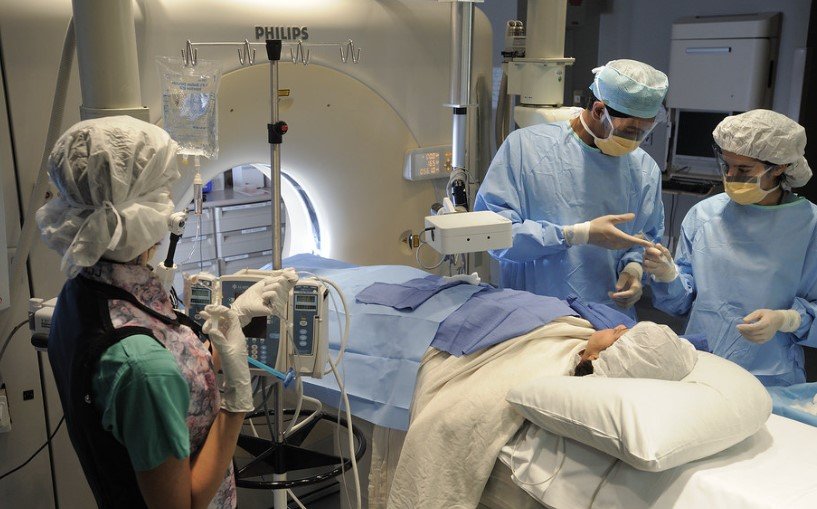Doctors at Queen Mary University of London, alongside researchers from Barts Health NHS Trust and University College London, have introduced a cutting-edge treatment for primary aldosteronism. Their minimally invasive approach, known as Targeted Thermal Therapy (Triple T), is showing promise in tackling a commonly undiagnosed cause of high blood pressure. The findings, published in The Lancet, indicate that this breakthrough could benefit millions worldwide who remain untreated.
A Silent Culprit Behind Hypertension
High blood pressure is a global health crisis, affecting one in three adults. Yet, a little-known hormonal disorder—primary aldosteronism—accounts for one in twenty cases. Despite this, fewer than one percent of those affected receive a proper diagnosis.
This condition is caused by benign nodules in the adrenal glands that overproduce aldosterone, a hormone that raises blood pressure by increasing the body’s salt levels. Standard medications often fail these patients, leaving them vulnerable to heart attacks, strokes, and kidney disease.

The Burden of Traditional Surgery
Until now, the most effective treatment required removing the entire adrenal gland through surgery. This procedure involved general anesthesia, hospital stays of two to three days, and weeks of recovery. The risks and recovery time deterred many from seeking surgery, leaving countless patients to struggle with inadequate medical management.
A New Hope With Triple T
Now, Triple T presents a safer and less invasive alternative. Instead of removing the adrenal gland, this procedure targets and destroys the small nodules causing the problem. The technique relies on molecular imaging to pinpoint the malfunctioning tissue, allowing precise treatment without unnecessary damage.
A major advantage is the ability to reach the left adrenal gland from the stomach, ensuring direct access with minimal disruption. The procedure builds on two well-established medical technologies:
- Radiofrequency or microwave energy generates controlled heat, burning the malfunctioning nodule.
- Ultrasound imaging provides real-time guidance, ensuring precision and safety.
Clinical Trials and the Road Ahead
The treatment has been rigorously tested in the UK, with clinical trials involving researchers from University College London, University College Hospital NHS Trust, Cambridge University NHS Trust, and the University of Cambridge. So far, results suggest it could be a game-changer in hypertension treatment.
However, further trials are necessary before Triple T becomes widely available. Researchers aim to refine the technique and confirm long-term benefits before recommending it as a mainstream option.
Implications for Millions
For those suffering from primary aldosteronism, this treatment could mean avoiding lifelong medication and reducing their risk of severe health complications.
The challenge now is increasing awareness. Since the vast majority of cases go undiagnosed, medical professionals must be trained to recognize and test for primary aldosteronism more frequently. If successful, this could redefine how high blood pressure is treated globally.
